National Assembly Deputy Bui Hoai Son expressed his opinion that cultural industry, if properly invested in, is the journey to develop Vietnam. (Source: National Assembly ) |
Vietnam holds a valuable soft power treasure, which is culture. But only when culture is lit up by creative thinking and organized production according to industrial logic, can heritage be turned into a driving force for development, and identity into a global attraction.
The “soft language” of global integration
In the era of globalization, when economic and technological boundaries are gradually being erased, culture has become the “final frontier” for countries to affirm their identity, build their image and create their own appeal. In the midst of this strong integration flow, the cultural industry has emerged as a “soft language” that helps spread traditional values and create modern, competitive products in the global market. The cultural industry is becoming an important part of the development strategy of many countries and Vietnam is no exception to that trend.
When it comes to the cultural industry as an integration tool, it is impossible not to mention the inspirational lessons from Asian countries. South Korea, from a war-torn country, has risen to become a “cultural powerhouse” thanks to the Hallyu (Korean wave) strategy. Films like “Descendants of the Sun”, “Parasite” or music groups like BTS, BlackPink not only bring in billions of dollars but also make Korean cuisine , language, cosmetics and lifestyle popular across continents. This is not simply the success of the entertainment industry, but the result of a national strategy on the cultural industry – where traditional identity is breathed into contemporary products.
Similarly, Japan has exported its culture through anime, manga and handicrafts, which have made the country synonymous with Asian discipline, sophistication and philosophical depth. From products like “Doraemon” and “Spirited Away”, to minimalist architecture and tea ceremony, Japan has made the world fall in love with its culture before they fell in love with “Made in Japan” technology.
Back in Vietnam, the first signs of the “global Vietnamization” wave have appeared. Tran Thanh’s film “Bo Gia” not only created a “boost” at the domestic box office but also entered the top grossing films on Netflix in several Asian countries. Musician Khac Hung brought folk sounds into modern arrangements, so that songs like “Thuc Giac” or “Nang Tho” not only resonated on the YouTube platform but were also covered by international youth in many languages.
Even an art form that seems to be selective of its audience, water puppetry, has become the center of attention at international art festivals such as the Edinburgh Festival Fringe, where foreigners line up to see wooden puppets telling stories about Vietnamese villages.
It can be seen that when culture is produced according to the value chain, from creation, production, distribution to consumption, each work of art, each dish, fashion design or folk dance becomes a “soft messenger” bringing the image of Vietnam to the world. The important thing is that we do not just tell stories of the past, but make those stories attractive in the present and vivid in the future. We do not preserve identity by framing tradition, but open the door for traditional culture to blend into the contemporary world, in new and vibrant forms.
Integration through cultural industry does not mean losing oneself in the ocean of globalization. On the contrary, it is a journey to make Vietnamese identity shine, reach out to the world, and become an indispensable part of the global cultural map. Thus, each cultural product, from the ao dai performed in Paris to the flavor of fish sauce appearing in European culinary programs, is quietly telling a big story about a nation with a deep history, creativity, and a desire for integration.
For the cultural industry to truly become a key economic sector, a national strategic investment is needed. Illustrative photo. (Photo: Ha Phuong) |
Preserving the national soul in every cultural product
Global integration does not mean losing oneself. On the contrary, in a world where culture is permeated on every digital platform, every news feed, every smartphone, the unique and the individual are the biggest competitive advantages. Therefore, preserving national identity while developing the cultural industry is not a choice, but a prerequisite for Vietnam to affirm its position on the world creative map.
Vietnam's cultural industry development strategy must start from the indigenous cultural roots. There is no shortage of cultural resources: from 54 ethnic groups with their treasure trove of oral arts and folk festivals, to UNESCO-recognized heritages such as Hue Royal Court Music, Central Highlands Gong Cultural Space, Bac Ninh Quan Ho Folk Songs, Vietnamese Mother Goddess Worship, and recently Thai Xoe Art... The important thing is that we need to transform these heritages into creative products that can be applied in modern life and touch the souls of people everywhere.
Many young Vietnamese artists are following that path. Designer Thao Vu's fashion brand Kilomet109 has brought indigo-dyed linen of the Nung and H'Mong ethnic groups to international fashion shows with minimalist, modern designs that are both strange and familiar. Or designer Vu Thao Giang combines traditional lacquer materials with manual techniques to create unique fashion accessories, making a strong impression at Milan design fairs. These creations not only preserve identity, but also breathe new life into tradition, so that culture is not just nostalgia but the rhythm of life today.
On the State side, policy plays a key role. We need policies to support finance, train human resources and protect intellectual property rights for artists and creative businesses. We cannot expect individuals to create an industry. To have a “Vietnamese creative cultural village”, we need an ecosystem – a place with open creative spaces, idea incubators, investment funds for cultural startups, and a network connecting with regional creative centers such as Seoul, Bangkok, Tokyo or Berlin.
South Korea has done that by building the K-Content Valley cultural center in Pangyo - a place where game, film, music companies converge, connecting with art universities and research institutes. Singapore has invested heavily in the Gillman Barracks art district and Creative Industry Development Strategy, where artists, producers and investors converge. From that model, Vietnam can completely develop cultural industrial clusters in Hanoi, Ho Chi Minh City, Da Nang, Hue or Can Tho based on the available advantages of history, people and regional cultural diversity.
However, global integration requires us not only to preserve our own identity, but also to tell our identity story in an international language. That is why it is necessary to invest in translation, storytelling skills, product design and technology platforms. A traditional Tet film without quality subtitles, good visual language and an attractive narrative rhythm will hardly reach the hearts of international audiences. A sophisticated handmade product without an accompanying cultural story will only stop at material value and fail to connect spiritually.
Vietnam needs cultural workers with the mindset of “storytellers” for their nation. They are not only artists, but also strategic creators, people who know how to put the national soul into their products, and who know how to convey Vietnamese messages in every word, melody, and design.
Maintaining identity does not mean stubbornly holding on to the old form, but rather holding on to Vietnamese values, spirit, character and emotions, and then breathing into them the vitality of the times. Only then can we truly integrate, not by following the world, but by bringing ourselves to the world.
According to Mr. Bui Hoai Son, if we want culture to become a driving force for development, we cannot just stop at preservation. (Photo: NVCC) |
Making cultural industry a driving force for national development
If we want culture to become a driving force for development, we cannot stop at preserving, displaying or performing, but need to turn culture into an economic asset, capable of creating added value, jobs, livelihoods and national brand identity. The cultural industry is the way to realize that, where each cultural value, when properly organized and produced, will not only live in memory, but also live in economic and social life, linked to the future of the nation.
The world has proven that countries that rely on soft power to develop will have a more sustainable, flexible and creative economy. In 2021, according to a UNESCO report, the cultural and creative industries contributed more than 3% of global GDP, created 30 million jobs and accounted for 6.2% of total world exports. South Korea earned more than 12 billion USD from cultural content alone. The UK recorded more than 2 million people working in this field, from filmmakers, game designers, media, to craftsmen.
In Vietnam, the initial potential has clearly emerged. In the film industry alone, box office revenue in 2023 reached nearly 4,000 billion VND, mostly from Vietnamese films such as "Nha Ba Nu", "Lat mat 6: mech ve dinh menh", "Con nhot mot chong"... with tens of millions of domestic viewers.
The Vietnamese fashion industry is developing strongly, with a series of young brands with local inspiration stepping onto the international stage. Cultural festivals from Buon Ma Thuot Coffee Festival, Hue Festival, to Khmer Cultural Week in Tra Vinh not only have heritage significance but are also events to stimulate tourism, consumption and build local identity.
However, for the cultural industry to truly become a key economic sector, a national strategic investment is needed. First of all, it is about institutions. The State needs to continue to improve the legal system related to intellectual property, copyright, developing creative enterprises, and promoting digital transformation in the cultural sector. Resolution No. 33-NQ/TW (2023) clearly states the requirement to develop the cultural industry in parallel with building people and a healthy cultural environment, but for the Resolution to come into practice, specific action programs with measurable goals, economic indicators, and investment resources are needed.
Next is human resources. There can be no strong cultural industry without creative people who have economic and artistic thinking. Universities need to innovate training in culture - art - communication - design - creative management, integrating market knowledge, marketing and technology into the curriculum. We need to form a generation of "cultural entrepreneurs", people who know how to start a business from culture, and get rich with Vietnamese intelligence.
In addition, it is necessary to develop a local creative ecosystem. Each province and city can choose its own strengths to develop a suitable cultural industry: Hue with royal heritage and fine arts, Hoi An with crafts and architecture, the Central Highlands with folk festivals, Ho Chi Minh City with modern music and cinema, Hanoi with literature, theater and creative spaces. That is the way for the cultural industry to be linked to sustainable regional development, leaving no one behind in the creative journey.
Finally, we must seriously place cultural industries in the national development strategy. Culture cannot be a “soft accessory” standing on the sidelines of traditional development axes. Culture needs to be seen as a hard resource, capable of creating breakthroughs. Imagine: a Vietnam where rural areas develop community cultural tourism; urban areas become centers for designing and creating high-quality handicraft products; where products from fish sauce, ao dai, classical opera to video games, cinema and fashion are all exported with copyright. That is not a fantasy but an inevitable direction if we know how to nurture our vision and act persistently.
Because in a world that is constantly changing, what makes a country different is not only resources, technology or investment capital but also its cultural soul. Vietnam has a priceless treasure of culture, but only when that treasure is opened with the key of creative industry, can we truly enrich ourselves. Cultural industry, if properly invested, is the journey to develop Vietnam not only by speed but also by the depth of its identity.
Parade "Ao dai connecting tourism and heritage of Hanoi in 2024". (Photo: Hai Linh) |
Shine from identity, rise with creativity
In a competitive and volatile world, where countries compete not only in technology and finance but also in cultural diffusion, Vietnam needs to establish a new position for itself: a creative, unique country, capable of touching the hearts of the world with its own cultural soul.
Cultural industry is not only a new economic sector, but also a comprehensive development strategy, where art, technology, market and national identity crystallize. It is the way to preserve the roots in the present, expand the vision to the world and nurture the country's long-term development potential. No longer a strange concept, cultural industry is present in every urban life, every creative countryside, in the story of every artist, every entrepreneur, every product imbued with identity but with a modern appearance.
But for the cultural industry to truly become a new pillar of development for Vietnam, we need to overcome old ways of thinking, need a long-term institutional vision, and invest systematically in human resources and the creative environment. It is a revolution not only in tools, but also in development thinking – thinking that puts culture at the heart of national strategy.
When a country knows how to tell its story in the best, most beautiful and most authentic way, it will be listened to, admired and respected. Vietnam has all the conditions to become such a country: It has a deep heritage, a desire for integration and a young generation full of creative energy. The remaining question is whether we dare to give culture a worthy role in the country's development or not? If so, the cultural industry is the door for Vietnam to step into the future - where national identity is the fulcrum and creativity is the wings that take the country far.
Source: https://baoquocte.vn/cong-nghiep-van-hoa-loi-di-rieng-day-ban-sac-viet-nam-thoi-hoi-nhap-320971.html


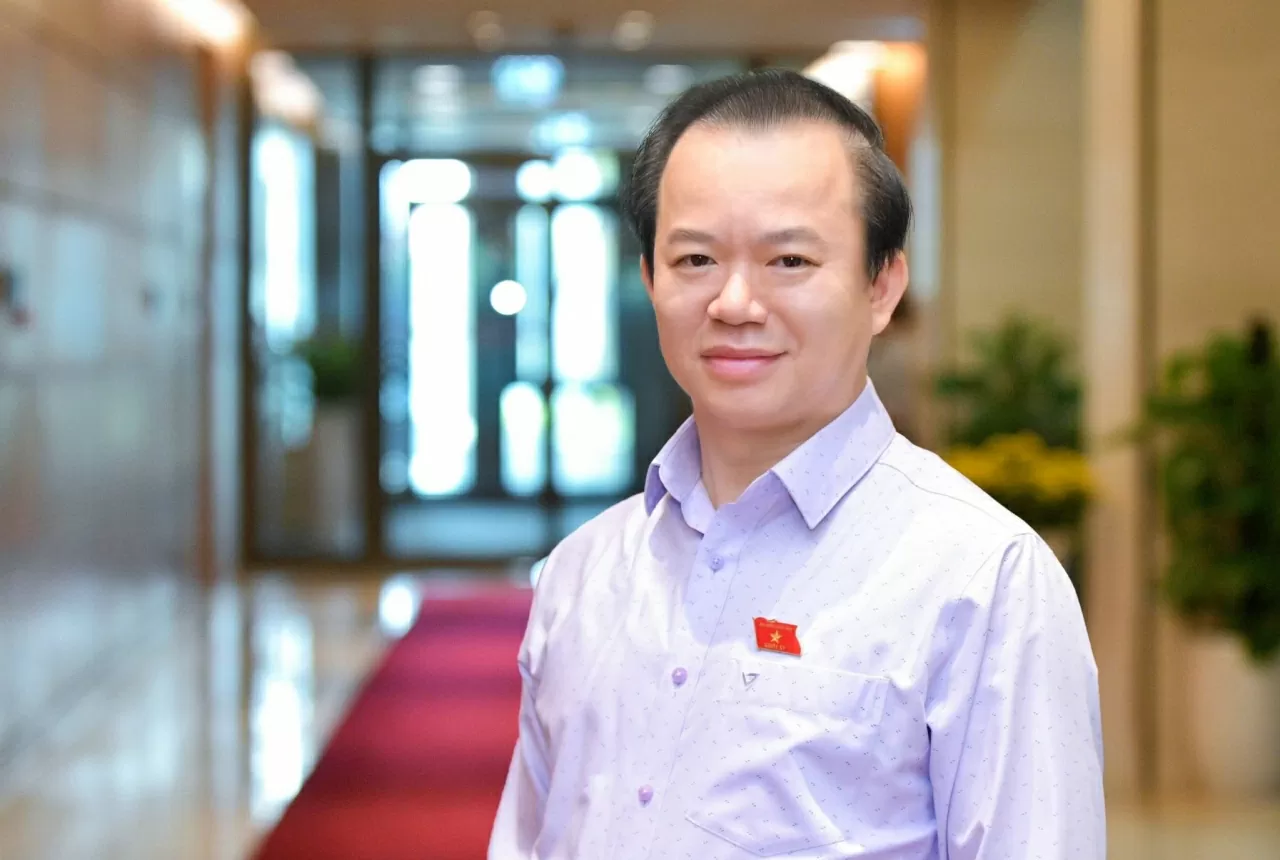
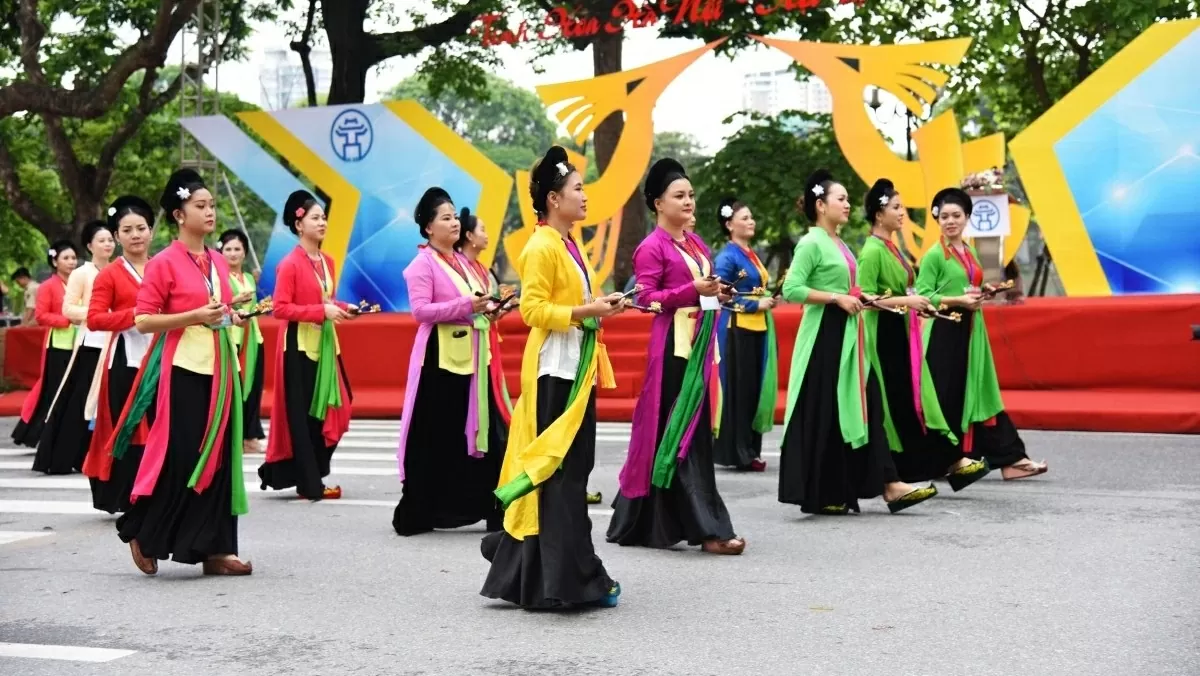
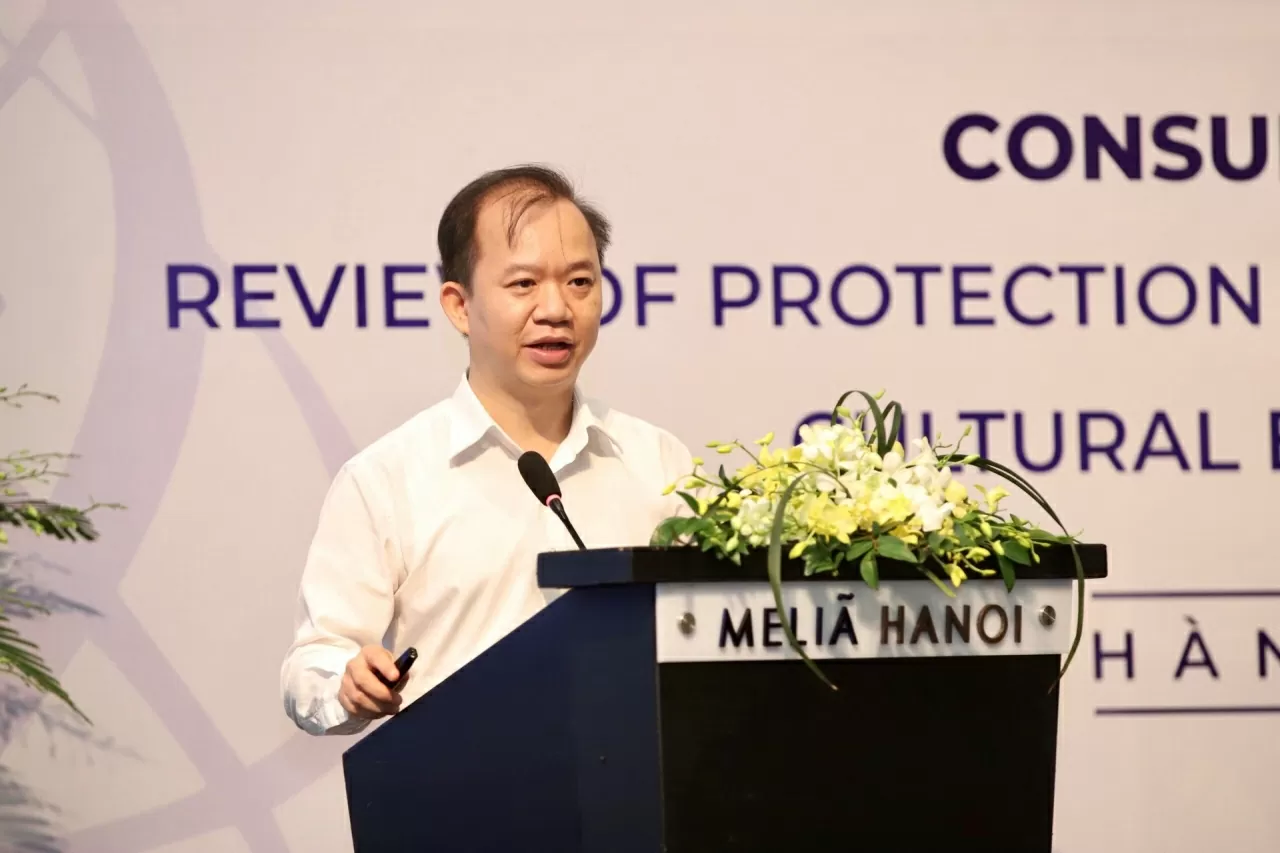
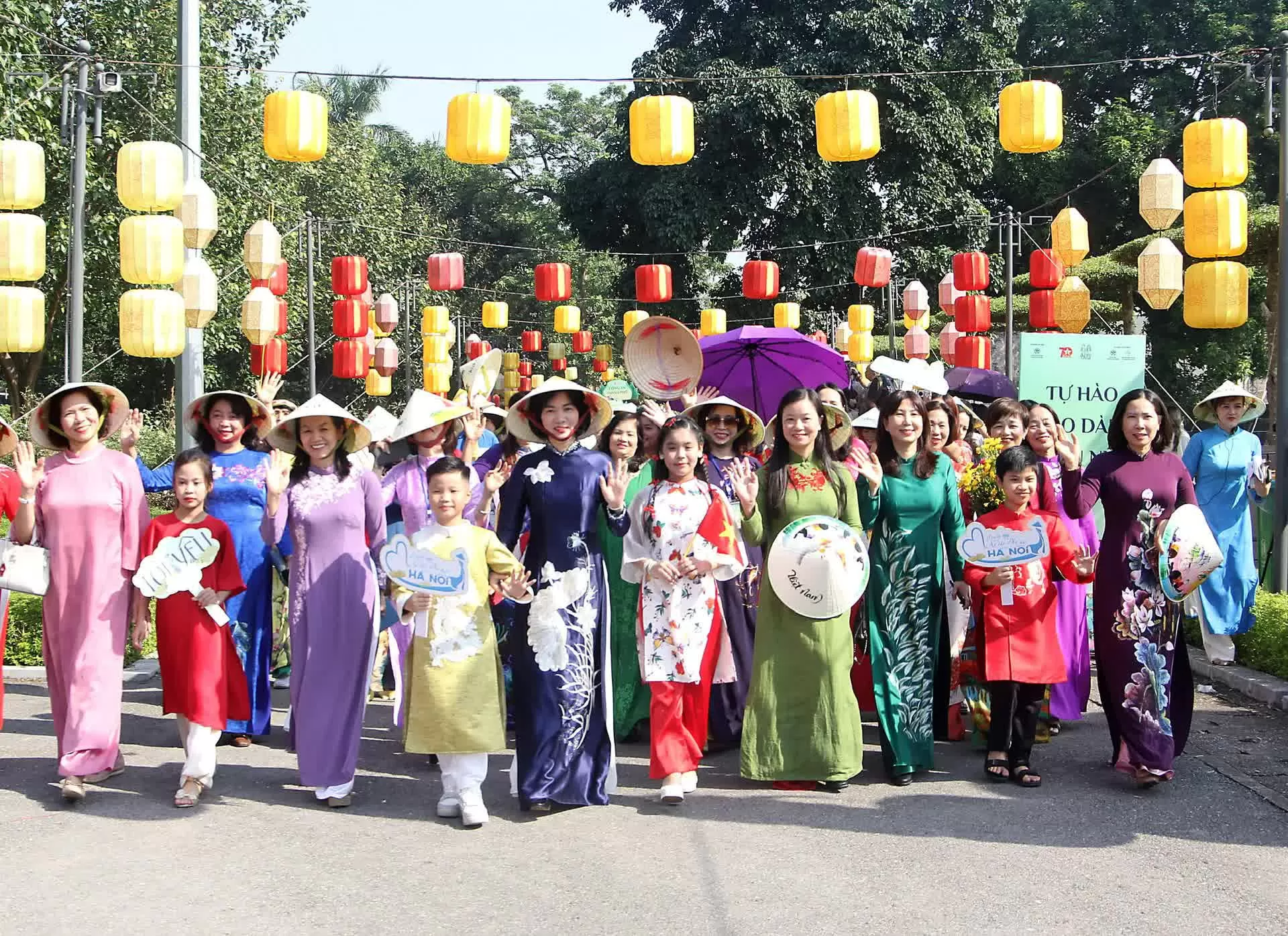
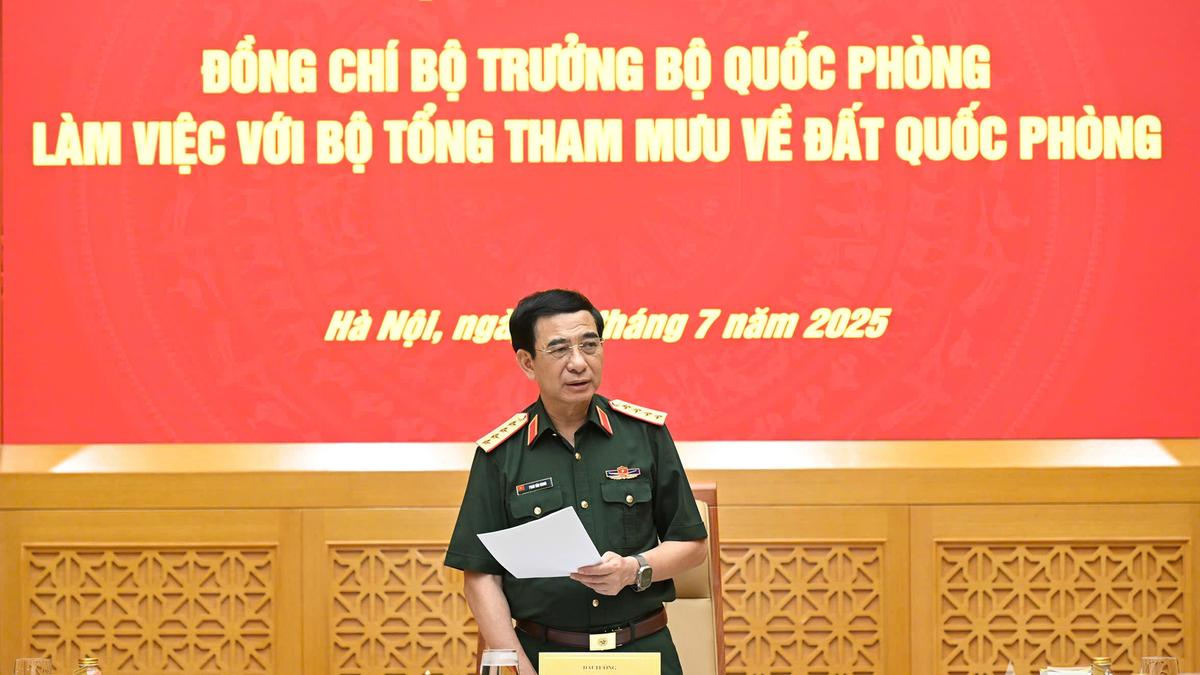
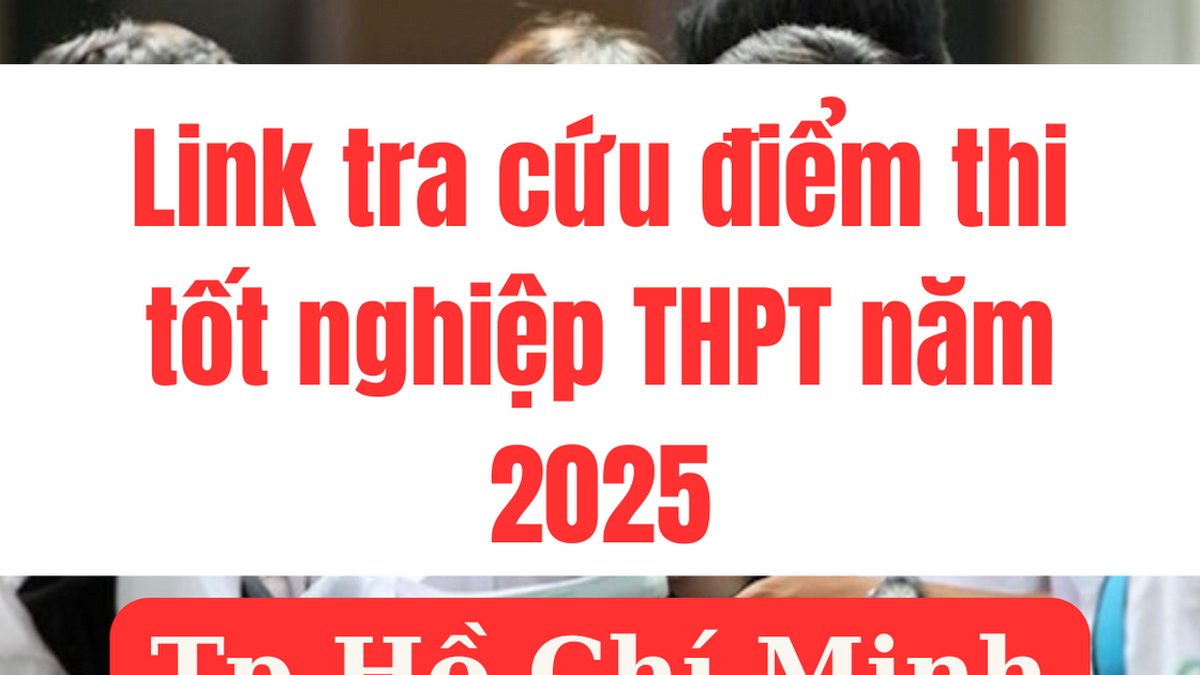

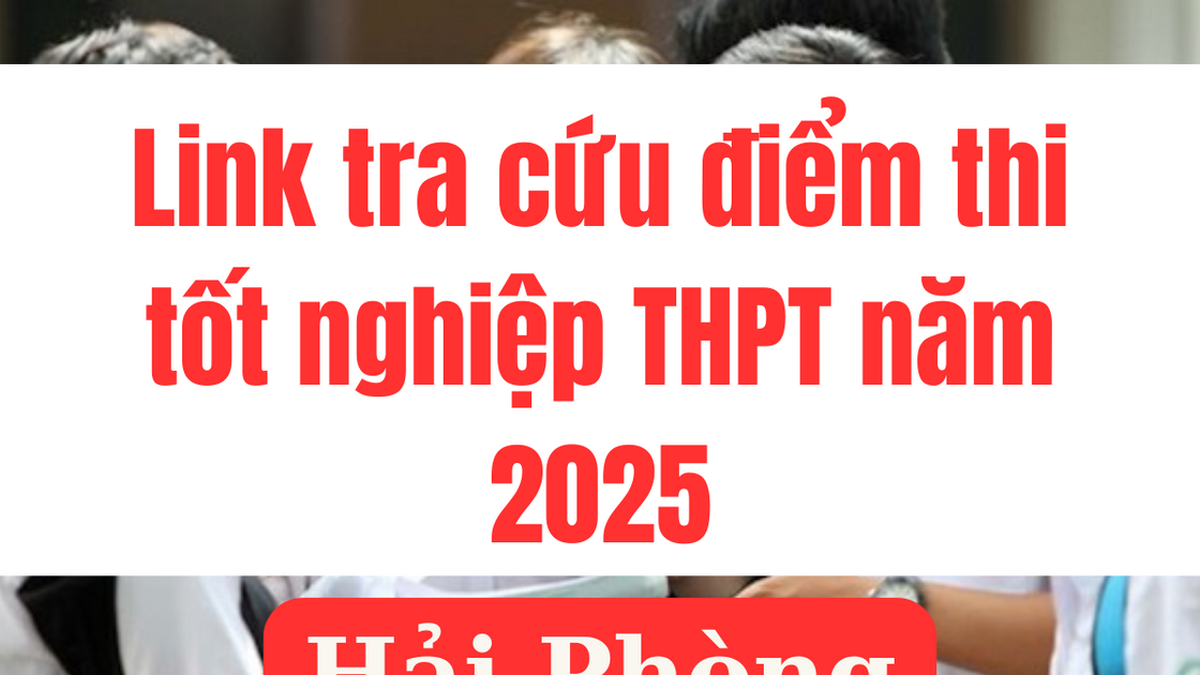
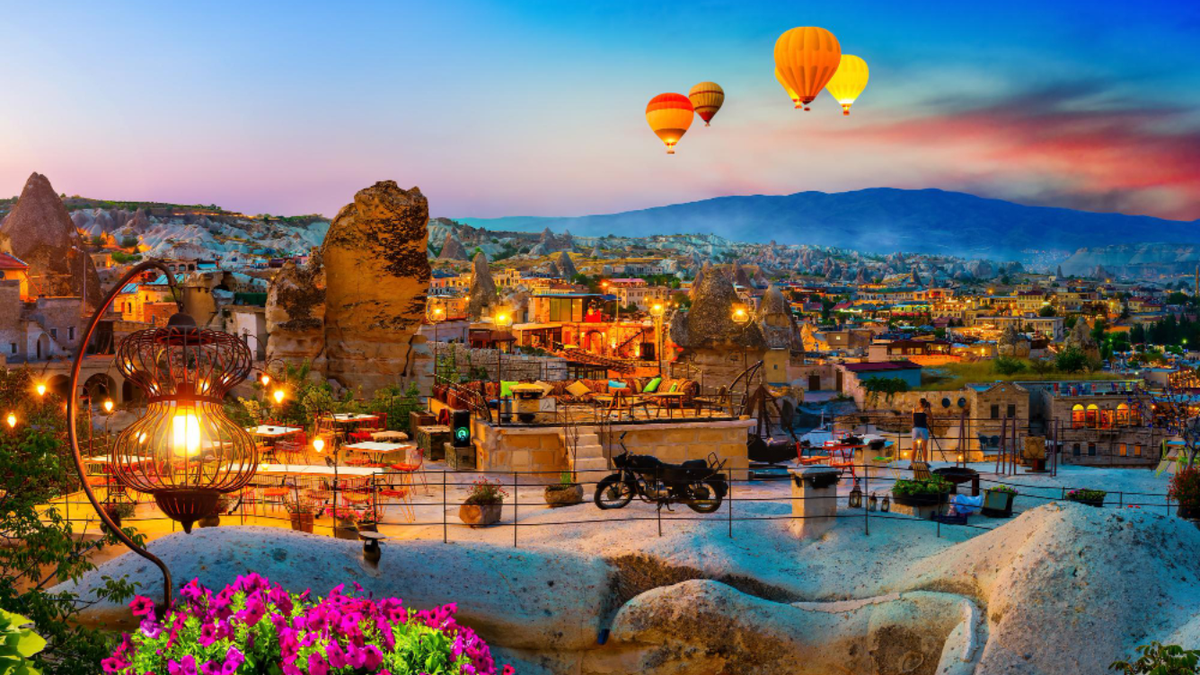

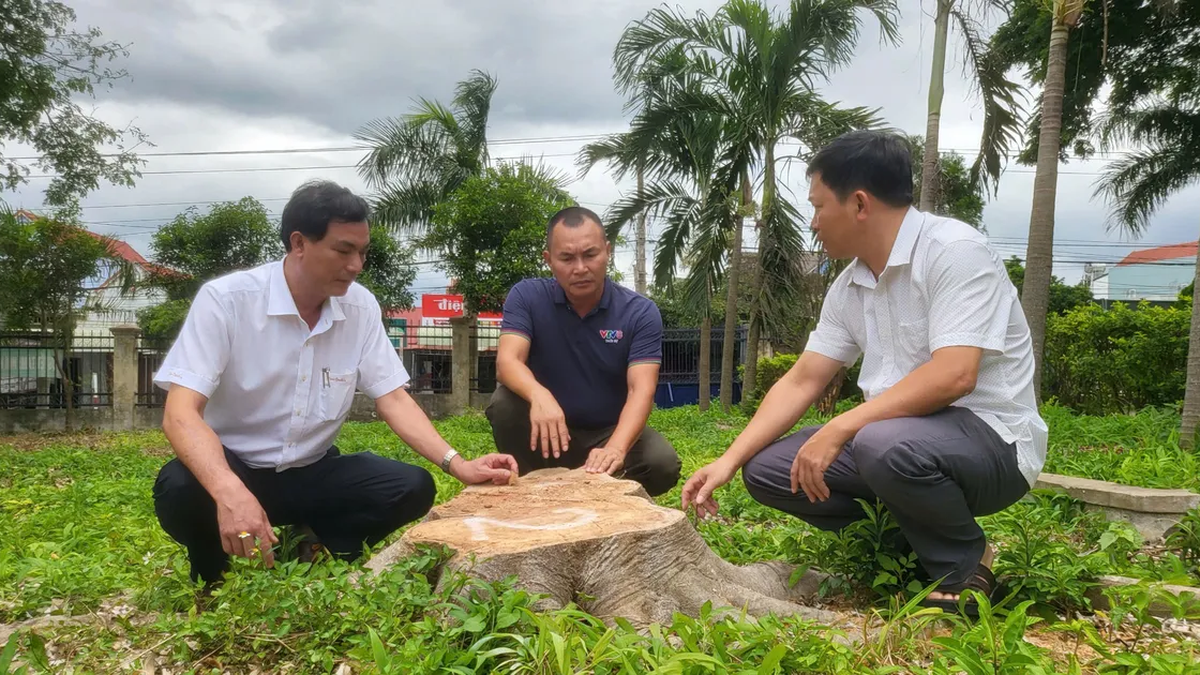
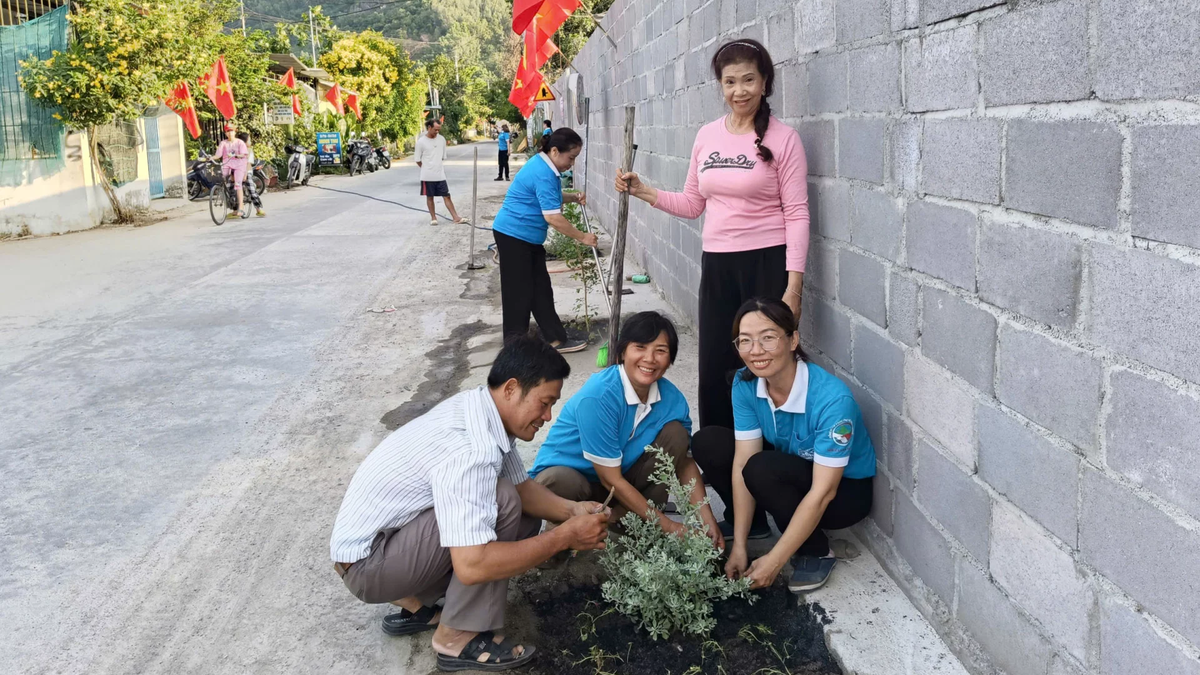
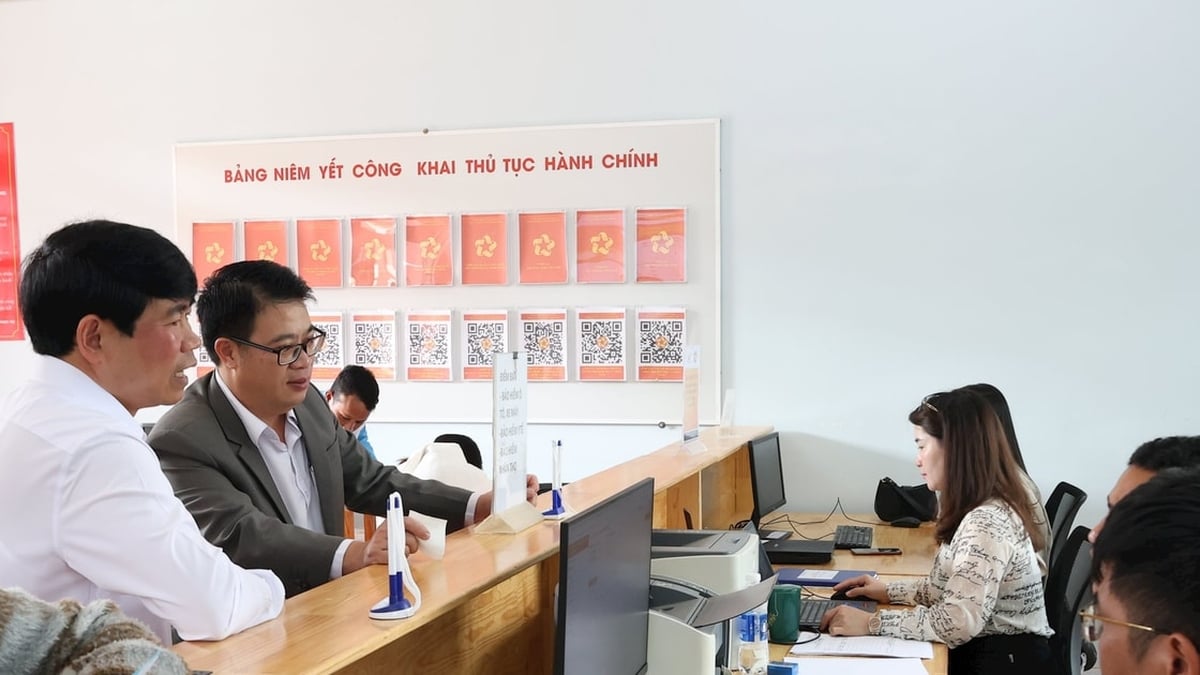
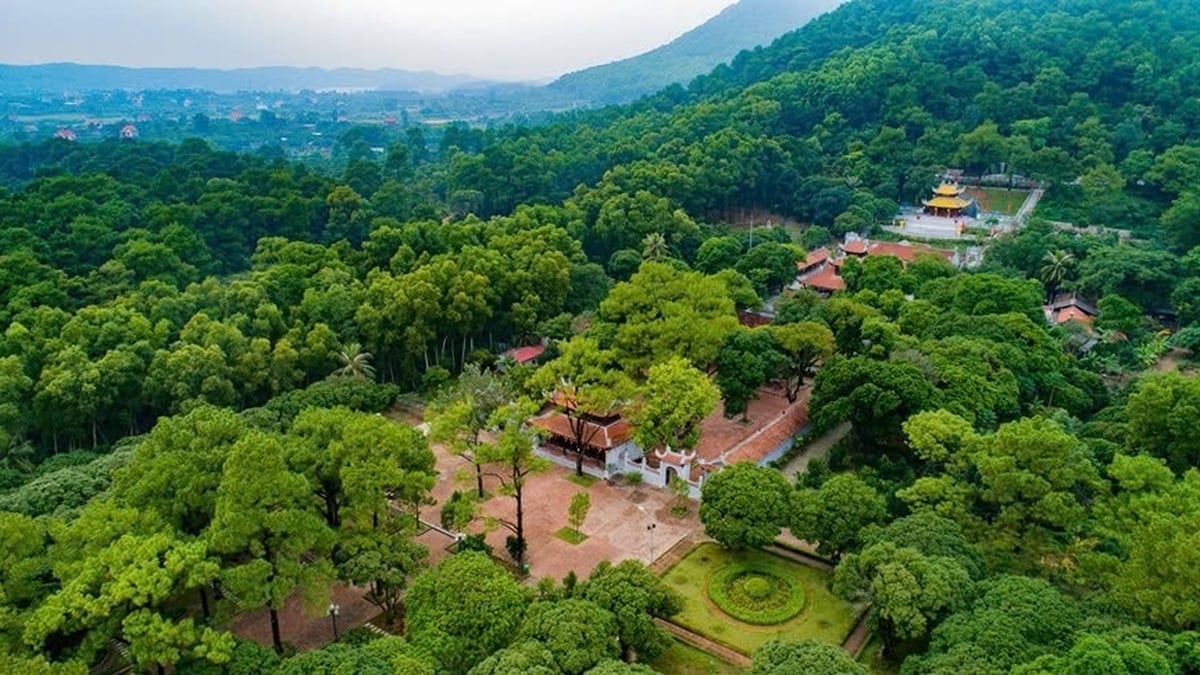







































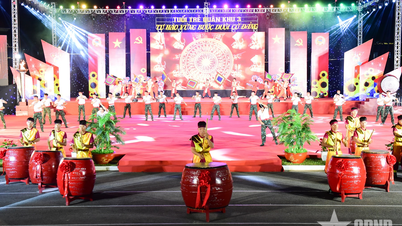



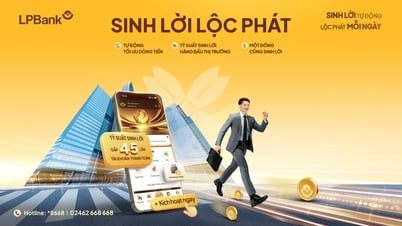

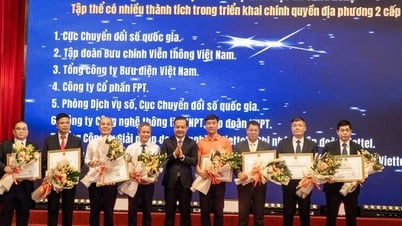

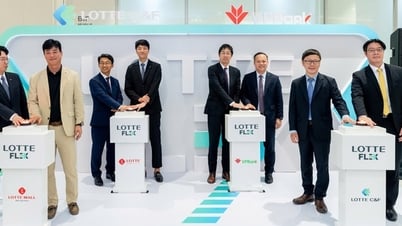
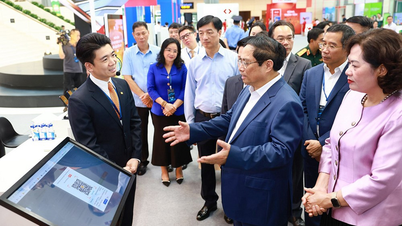








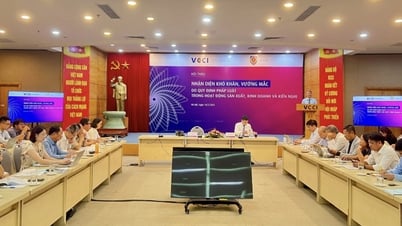

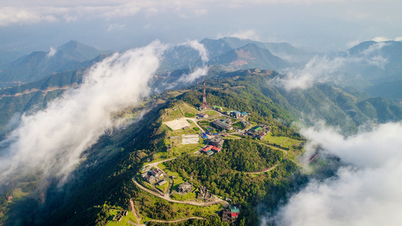


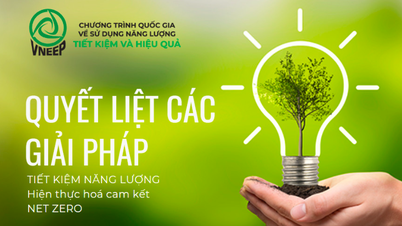

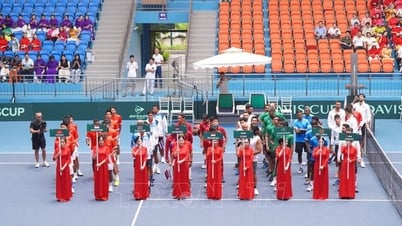












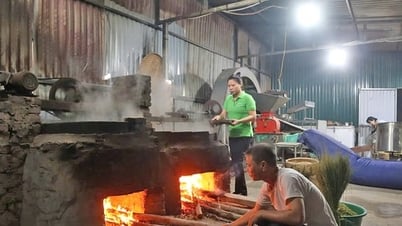













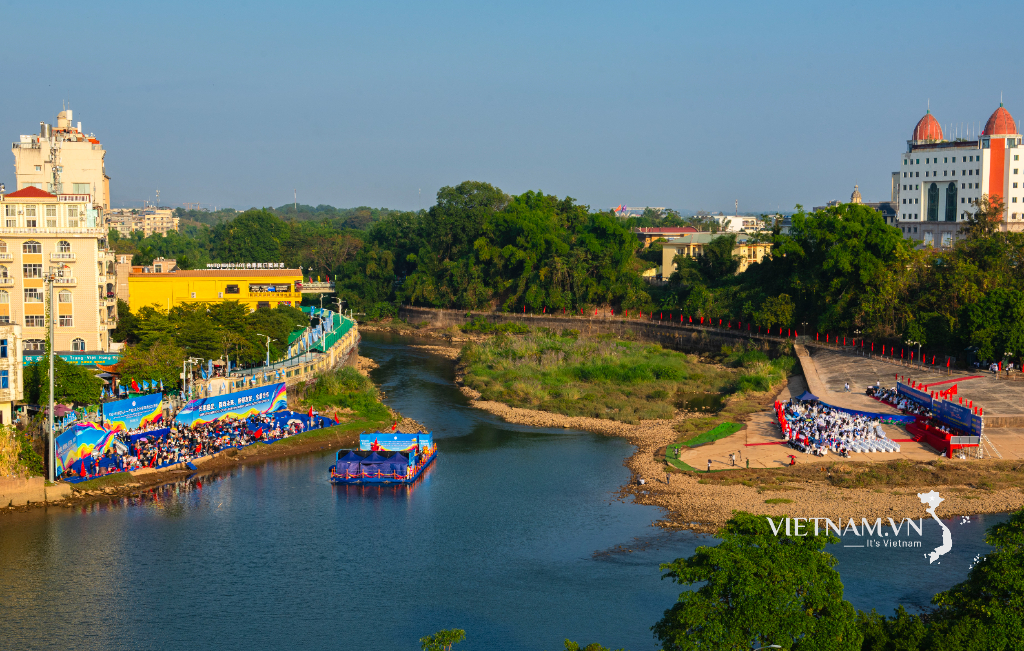
Comment (0)